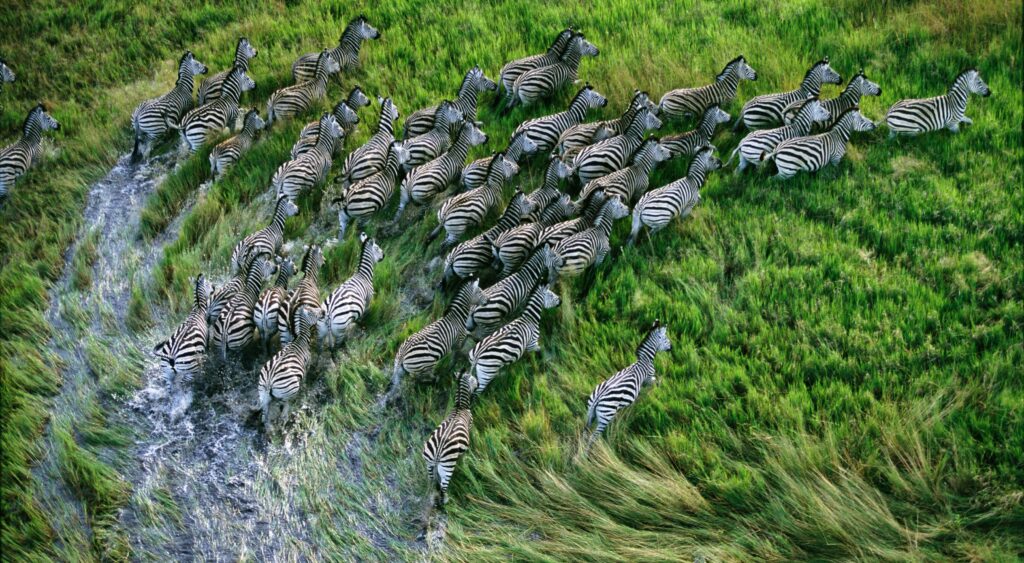
Exploring Angola’s Natural Treasures: Bicuar National Park

Nestled in the southwestern region of Africa lies a nation of unparalleled natural beauty and biodiversity – Angola. Known for its diverse landscapes, Angola boasts a stunning coastline along the Atlantic Ocean, lush rainforests, and expansive savannahs. Within this mosaic of natural wonders, one gem stands out – Bicuar National Park. In this blog, we’ll embark on a virtual journey to explore Angola’s natural treasures and delve deeper into the enchanting Bicuar National Park.
Angola’s Natural Diversity
Angola, often referred to as the “Giant of Africa,” is celebrated for its extraordinary natural diversity. The country’s landscapes range from the arid beauty of the Namib Desert in the south to the dense rainforests of the Cabinda province in the north. This immense geographical variety contributes to the rich tapestry of ecosystems and species found within its borders.
Angola’s Wildlife
One of the prime reasons for Angola’s growing popularity among eco-tourists and wildlife enthusiasts is its remarkable biodiversity. Angola’s national parks and reserves are home to a plethora of unique and endangered species, making it a wildlife enthusiast’s paradise.
Some of the notable wildlife species found in Angola include the African elephant, African lion, cheetah, leopard, and various antelope species like the sable and roan antelope. The country’s rivers and wetlands are inhabited by crocodiles and hippos, adding to the excitement of wildlife safaris.
Exploring Bicuar National Park
Among the many protected areas in Angola, Bicuar National Park stands out as a testament to the nation’s commitment to preserving its natural heritage. Located in the Huíla province, this park covers an impressive 7,570 square kilometers, making it one of the largest in Angola.
1. Unique Landscape: Bicuar National Park offers visitors a unique blend of landscapes, from arid deserts and towering sand dunes to lush grasslands and acacia woodlands. This diversity of habitats provides shelter to an incredible variety of flora and fauna.
2. Wildlife: The park is a sanctuary for a wide range of wildlife, including zebras, wildebeests, oryx, and various antelope species. Predators like lions, leopards, and cheetahs also call this park home. Birdwatchers will be delighted by the numerous avian species that grace the skies above Bicuar.
3. Conservation Efforts: Bicuar National Park has been at the forefront of conservation efforts in Angola. The park’s management, in collaboration with international organizations, has been working tirelessly to protect and preserve its unique ecosystems and the creatures that inhabit them.
4. Local Communities: The park is not only a treasure for its wildlife but also for the local communities that live in its vicinity. Efforts are being made to engage these communities in sustainable tourism initiatives, promoting economic growth while safeguarding the park’s integrity.
Visiting Bicuar National Park
Before planning a visit to Bicuar National Park, it’s essential to consider the park’s remote location and limited infrastructure. Travelers should be prepared for an adventurous journey and ensure they have the necessary permits and accommodations arranged in advance.
When visiting the park, remember to:
- Respect the Environment: Follow Leave No Trace principles, ensuring you leave no impact on the delicate ecosystems.
- Support Local Communities: Contribute to the local economy by purchasing handmade crafts and goods from nearby villages.
- Wildlife Viewing: Always maintain a safe distance from wild animals and adhere to park regulations.
Angola’s natural beauty and diverse ecosystems, including the captivating Bicuar National Park, offer a unique opportunity for nature lovers and adventurers. As the country continues to invest in conservation efforts and sustainable tourism, Angola is poised to become a must-visit destination for those seeking a genuine wilderness experience. So, whether you’re an avid wildlife enthusiast or simply in search of breathtaking landscapes, Angola and Bicuar National Park await your exploration.

